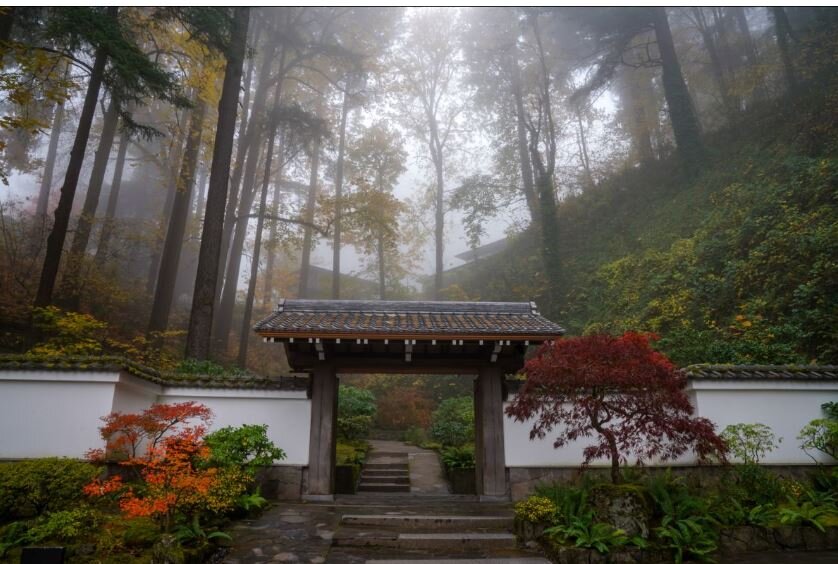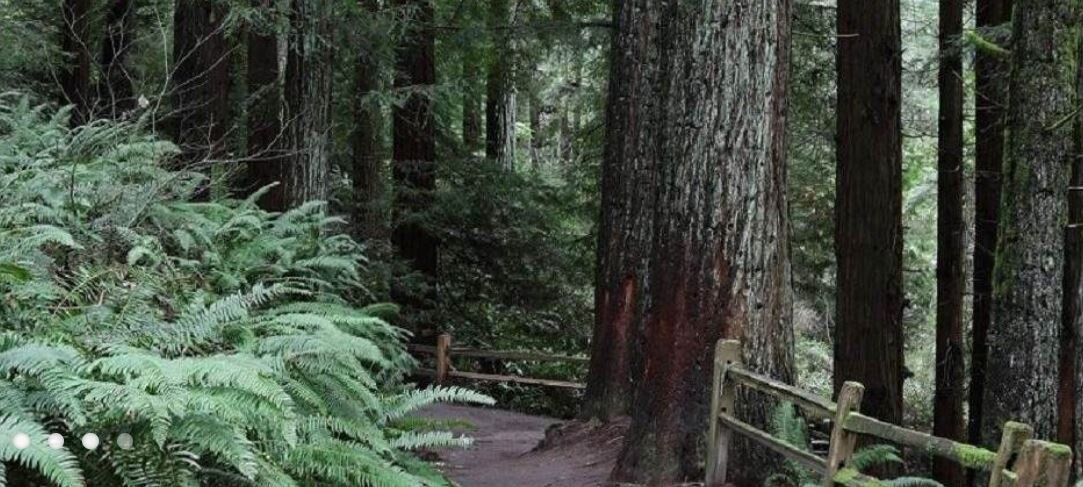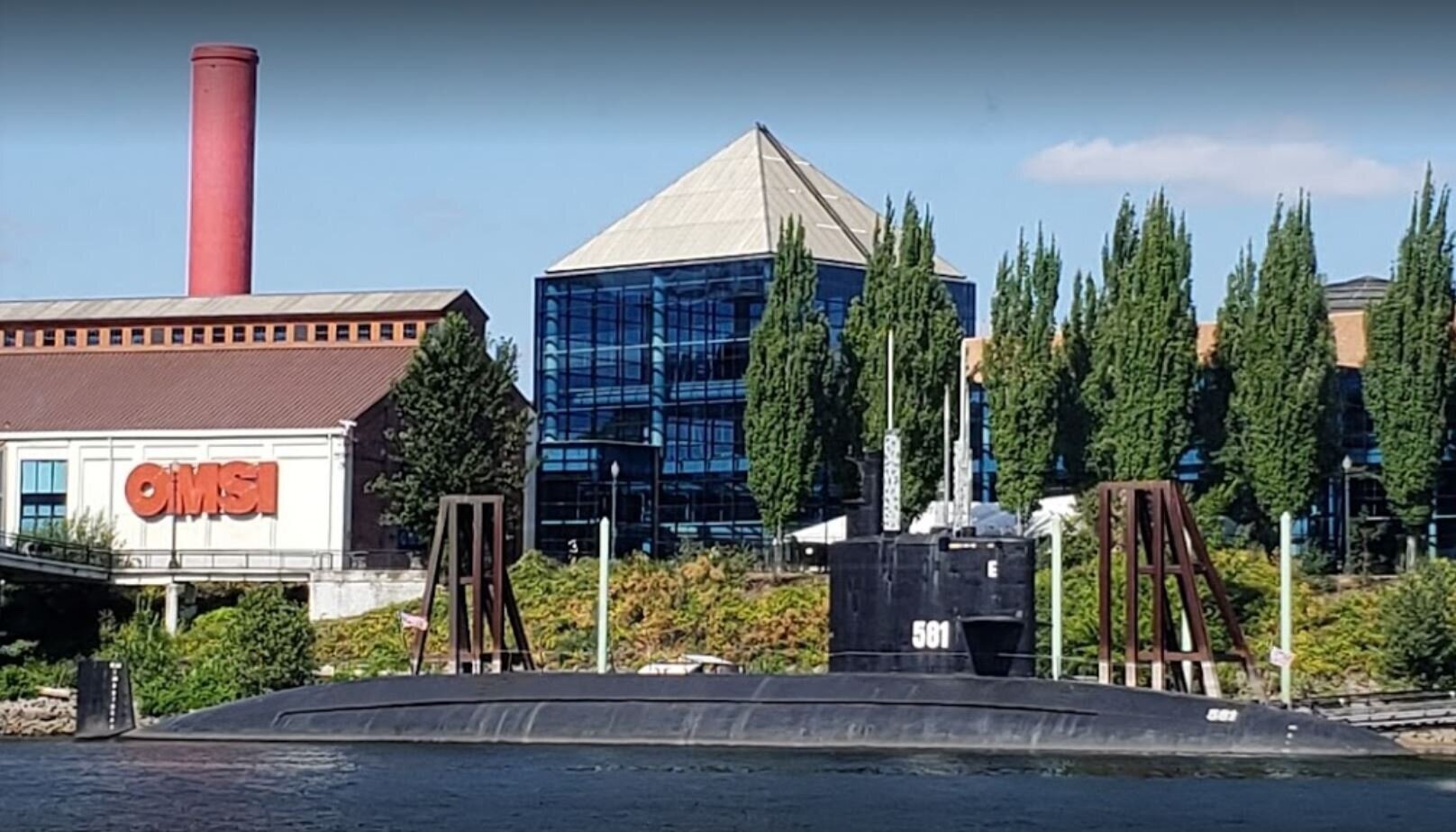Enjoy the best of Portland with Gray Line. We show you Portland and the greater Portland area on four tours available in variety combinations. Our top rated tours are the downtown Pink Trolley Hop-On Hop-Off Tour, the three hour Multnomah Falls & Columbia River Gorge Tour and Hop-On Hop-Off Waterfall Trolley of the Historic Columbia River Highway Waterfall Corridor. For 2024 we have continued the Waterfall Express which provides transportation to and from Portland to the Waterfall Trolley for those wanting to spend the entire day along the Waterfall Corridor. Gray LIne Sigthseeing bus
Northwest Portland
The affluent Northwest District is known for Northwest 23rd Avenue, with its big-brand stores, vintage shops and local designers, and restaurants that include stylish bistros, gourmet takeaways and fine dining destinations. From the stylish to the scrumptious, the picturesque streets of Nob Hill’s 23rd Avenue in the Northwest District is home to some of the best shopping found in the Portland. Tucked away in quaint boutique shops you’ll find high-end and Bohemian fashion, top chefs, and handmade gifts created by people near and far. In other words, it’s one of the best places you’ll find the quintessential Portland shopping experience. The vast, wooded Forest Park is a popular destination for hikers and cyclists, and large gardens with sweeping city views surround the Pittock Mansion house museum. Northwest Portland
Pearl District
The Pearl District is about a 20 block walk away or catch the Portland Streetcar on NW 23rd and Marshall (Our streets are numermical and alphabetical). Fashionable and lively, the Pearl District is a shopping destination with hip brands, indie boutiques and the massive Powell's City of Books. Reclaimed warehouse spaces house The Pearl's many bars and restaurants, from craft breweries and artisan coffee shops to fine dining mainstays. Galleries showcase contemporary art, photography and glass works. In summer, families cool off in Jamison Square’s wading fountain. The Pearl District
Japenese Gardens
The Garden is a living “classroom” that offers tremendous opportunities for experiential learning to all who enter its gates. The lessons of Portland Japanese Garden are many and varied; not only does it speak about the way trees grow and how moss forms on stone, but also about the lives and culture of the people who designed and nurtured this enduring art form. Portland Japenese Garden
Pittock Manson
Built in 1914, Pittock Mansion tells the story of Portland’s transformation from pioneer town to modern, industrialized city through the history and legacy of one its most influential families, the Pittocks. Saved from demolition by dedicated citizens in 1964, the Mansion and surrounding estate was purchased by the City of Portland and opened to the public as a historic house museum. Pittock Mansion
Oregon Zoo
The 64-acre Oregon Zoo is located in Portland, a city and surrounding metropolitan area of 2.26 million people. Annual attendance is more than 1.5 million, making the zoo the top paid attraction in the Pacific Northwest. The Oregon Zoo
Chinese Garden
Lan Su Chinese Garden is one of Portland's greatest treasures. Built by Chinese artisans from our sister city Suzhou (home of China's famous ancient gardens), it's among the most authentic Chinese gardens outside of China. Much more than just a beautiful garden, Lan Su is a creative wonder — a powerfully inspiring experience based on a 2,000-year-old Chinese tradition that melds art, architecture, design and nature in perfect harmony. Once inside the garden's walls, you'll feel as if you've traveled through time to another era in a faraway world. Lan Su is a window into Chinese culture, history and way of thinking. Ever changing, Lan Su always has something new to offer — by the minute, by the hour, and with the seasons. Enter the wonderland. Chinese Garden
The Rose Garden
Portland has long had a love affair with roses. In 1888, Georgiana Burton Pittock, wife of publisher Henry Pittock, invited her friends and neighbors to exhibit their roses in a tent set up in her garden; thus the Portland Rose Society was established. The International Rose Test Garden is a rose garden in Washington Park in Portland, Oregon, United States. There are over 10,000 rose bushes of approximately 650 varieties. The roses bloom from April through October with the peak coming in June, depending on the weather. The Rose Garden
Forest Park
Forest Park, a neighborhood on the northwestern edge of Portland, Oregon, combines rolling green pastures, views east and west, and proximity to the attractions of Northwest District. At 5,200 acres, Portland’s Forest Park is one of the largest urban forests in the United States. With more than 80 miles of trails, fire lanes and forest roads, Forest Park stretches for more than seven miles along the eastern slope of the Tualatin Mountains, overlooking Northwest Portland and the convergence of the Columbia and Willamette Rivers. Forest Park offers an unparalleled opportunity for visitors to experience a true Northwest forest without leaving the Portland city limits Forest Park
Hoyt Arboretum
Founded in 1928 to conserve endangered species and educate the community, Hoyt Arboretum encompasses 190 ridge-top acres and 12 miles of hiking trails just minutes from downtown Portland. Home to 2,300 species of trees and shrubs from six continents, the Arboretum is a place of beauty and serenity no matter the season. Hoyt Arboretum
Omsi
The Oregon Museum of Science and Industry is a science and technology museum in Portland, Oregon, United States. It contains three auditoriums, including a large-screen theatre, planetarium, and exhibition halls with a variety of hands-on permanent exhibits focused on natural sciences, industry, and technology. Omsi
Powells Bookstore
Powell's Books is a chain of bookstores in Portland, Oregon, and its surrounding metropolitan area. Powell's headquarters, dubbed Powell's City of Books, claims to be the largest independent new and used bookstore in the world. Powells Bookstore
The Oregon Gorge
he Columbia River Gorge National Scenic Area protects the spectacular canyon where the Columbia River cuts through the Cascade mountains - with cliffs and overlooks of Washington to the north and Oregon's mountains and waterfalls to the south. The Gorge is unique in its natural and cultural history, as well as its designation as a National Scenic Area. Oregon Gorge
Oregon Coast
Lined by All-American Highway 101 to the east and the wild Pacific Ocean to the west, the Oregon Coast is 363 miles (584 km) of rugged shoreline, where tide pools and hiking trails share sunsets with beach towns and lighthouses, and where visitors can connect with a frontier that promises to never fade away. That assurance comes from Oregon state law, which stipulates that from the surf to the brush, “the public has free and uninterrupted use of the beaches.” The Oregon Coast
Mt. Hood
Mount Hood, called Wy'east by the Multnomah tribe, is a potentially active stratovolcano in the Cascade Volcanic Arc. It was formed by a subduction zone on the Pacific coast and rests in the Pacific Northwest region of the United States. Mt. Hood















